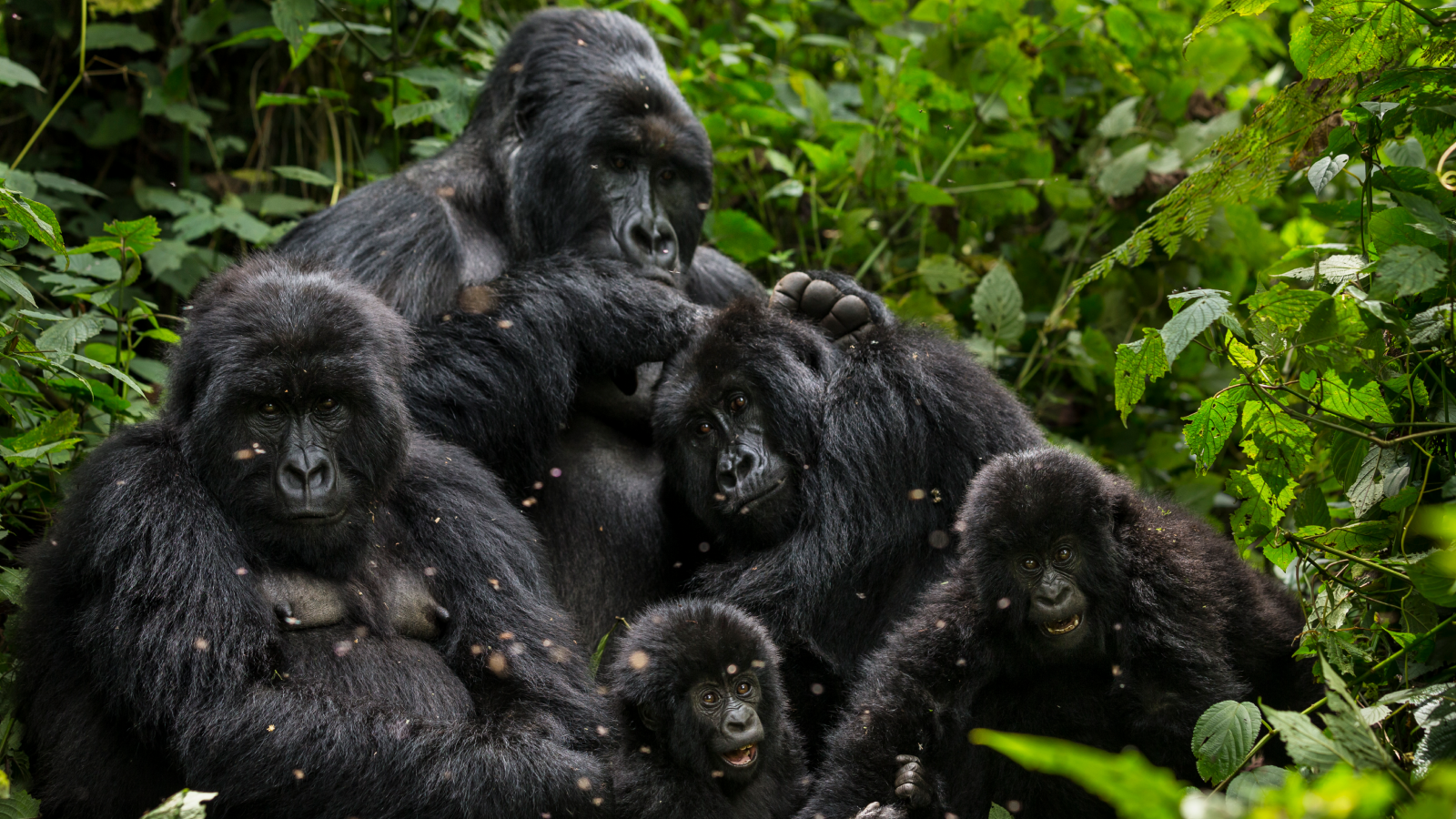Eerie, ultra-detailed photo of a lightning 'sprite' exposes one of nature's least understood phenomena
An astronomer in Slovakia captured the rare luminous phenomenon as it briefly flashed in Earth's upper atmosphere during a thunderstorm.
An astronomer recently captured one of the most detailed-ever shots of a rare type of upward-shooting red lightning, known as a sprite, which briefly hovered in the air like a gigantic jellyfish during a thunderstorm over central Europe.
Stanislav Kaniansky, an astronomer at the Banská Bystrica Observatory in Slovakia, snapped the sprite near his home in Látky, Slovakia, on Aug. 14, Spaceweather.com reported. The luminous, zig-zagging structure measured more than 31 miles (50 kilometers) across and lasted for just a few fractions of a second before disappearing.
Sprites, or stratospheric perturbations resulting from intense thunderstorm electrification, are created when electrical discharges from lightning shoot upward, often in addition to their normal downward trajectory. These discharges create long strands of plasma, or ionized gas, in the ionosphere — the ionized part of Earth's atmosphere that starts at around 50 miles (80 km) above Earth's surface, according to NASA.
Sprites are very hard to photograph because they are fleeting and often obscured by thick clouds. But Kaniansky's orientation enabled him to get a great look at the phenomenon. "The thunderstorm was about 320 km [200 miles] away, giving me a good view of the atmosphere just above the cloud tops," he told Spaceweather.com.
The image is "one of the most detailed pictures ever of a sprite," according to Spaceweather.com.
Related: Electrifying time-lapse image captures 100 lightning bolts torching the sky over Turkey
Sprites were officially discovered in the early 1990s when NASA's space shuttles captured the first clear images of the phenomenon. But the red lightning has proved hard to study because it is so short-lived.
Get the world’s most fascinating discoveries delivered straight to your inbox.
Scientists now believe that sprites may be partly triggered by disturbances in atmospheric plasma caused by tiny objects like meteors, but the exact mechanism behind the phenomenon is still unclear.
On Aug. 20, sprites were also photographed above lightning strikes from Hurricane Franklin as it passed Puerto Rico.
Sprites are part of a group of phenomena known as transient luminous events (TLE) that are all tied to lightning. Other TLEs include blue jets, which are more powerful and energetic versions of sprites, and elves, or emission of light and very low-frequency perturbations due to electromagnetic pulse sources, which are fleeting rings of red light created when electromagnetic pulses (EMPs) from lightning hit the ionosphere.
Other TLEs are also very rare but are becoming easier to photograph thanks to advancements in technology. In 2019, instruments aboard the International Space Station captured images of a gigantic blue jet from space. The phenomenon was also seen alongside a 2018 lightning bolt in Oklahoma, which is suspected of being the most powerful of its kind ever recorded. And in April this year, a photographer in Italy captured an eerie photo of a ring-shaped elve, which appeared to hang above a town like a UFO.

Harry is a U.K.-based senior staff writer at Live Science. He studied marine biology at the University of Exeter before training to become a journalist. He covers a wide range of topics including space exploration, planetary science, space weather, climate change, animal behavior and paleontology. His recent work on the solar maximum won "best space submission" at the 2024 Aerospace Media Awards and was shortlisted in the "top scoop" category at the NCTJ Awards for Excellence in 2023. He also writes Live Science's weekly Earth from space series.




